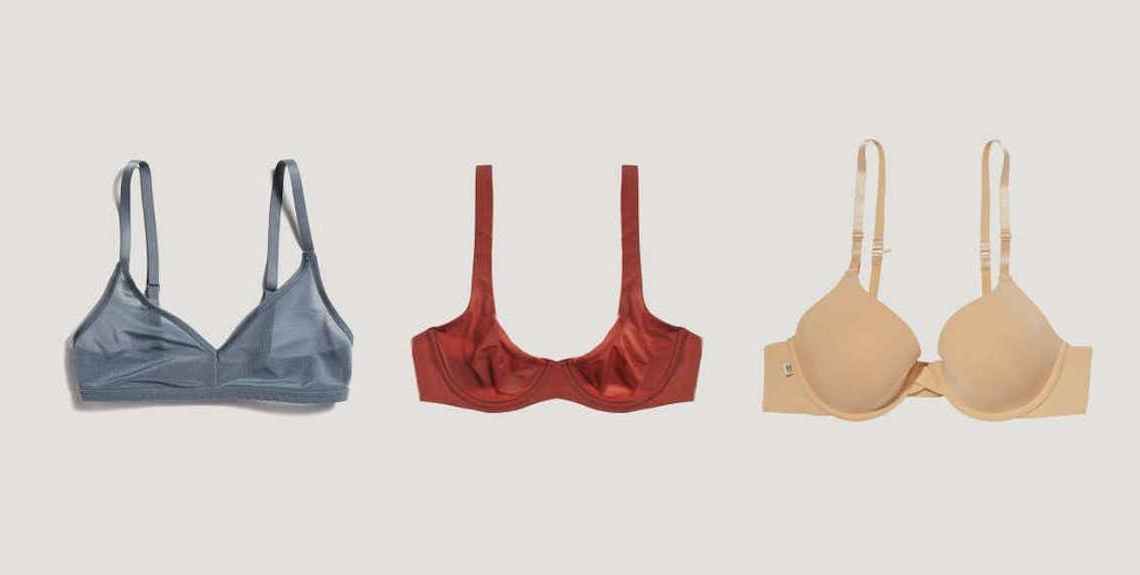The New York Times’ Wirecutter is known for its rigorous, comprehensive product guides for everything from phones and computers to air conditioners and vacuum cleaners. But Wirecutter’s Jason Chen, deputy editor, and Jennifer Hunter, senior editor of style, want to build up another section in Wirecutter’s repertoire: style and fashion.
In early 2021, Wirecutter soft-launched a new dedicated style section on its homepage. Hunter, who joined Wirecutter as its editor of home goods five years ago, was named senior editor of style in June of 2020. And Wirecutter is currently hiring for other style-dedicated roles, including an associate style editor. While much of Wirecutter’s guides focus on consumer electronics and appliances, Chen said there was an undeniable appetite for more style recommendations.
“Any time we would cover anything style-related, we would see lots of comments from people clamoring for more,” said Chen, who worked at New York Magazine’s Strategist prior to joining the Times. “If we did a wallets guide, people would follow up asking for passport holders. If we did men’s jeans, everyone would ask for women’s jeans. I started [at Wirecutter] two-and-a-half years ago, and it always struck me as an opportunity we were leaving on the table by not covering style more regularly.”
Chen said Wirecutter has a dedicated social team whose job it is to read comments on articles, gather feedback and use that to help guide editorial direction. That team has been noting an interest in style coverage for several years.
Right now, Hunter said the priority is to establish the big, broad tentpole guides for the best white sneakers, men’s jeans and sunglasses, among other categories. Unlike newsy digital media, Wirecutter guides tend to see traffic for years after they’re published and are often updated as time goes on.
“There are some style guides we’re doing that will probably continue to be relevant for a while,” Hunter said. “We’re working on one right now about the best black tights. There aren’t a ton of cutting-edge developments in black tights, so I don’t imagine that one will [require] a lot of updates through the years.”
Chen and Hunter want the style section to stand apart from other product recommendation sites thanks to the publication’s focus on rigorous and lengthy, months-long testing periods. Chen said that, because of that focus, the style coverage won’t heavily focus on trends. Trends change faster than Wirecutter’s typical publishing schedule.
Tackling trends, when it does happen, will likely take two forms, Chen said. Either a single product becomes so buzzy that the brand will feel the need to weigh in with a test and review, as it did with a popular Offhours housecoat that went viral on Instagram in early 2021. Or, a trend lasts long enough to warrant a guide of its own, like blue-light blocking glasses — Wirecutter’s guide went live in 2019.
“We’re working on things like reviewing the one-size-fits-all jeans from Good American that claim to be able to fit across four sizes,” Hunter said. Products that make specific claims or have a specific function are more likely to get covered by Wirecutter than more subjective aesthetics. “We’re also considering a review on shoes that can convert from heels to flats. Our readers want to know: ‘Are these just worse at both functions?’ That’s something we can tell them.”
Wirecutter doesn’t disclose traffic numbers or readership (although the Wall Street Journal reported in August that Wirecutter had around 12 million monthly readers), but Chen said there’s already been substantial growth in the style section in the last six months. Hunter pointed to popular coverage like a guide about the best, most comfortable bras, which has become one of the most popular style articles on the site.
While most Wirecutter guides get readers primarily from readers searching for specific topics, the style section has benefited from promotions on Instagram and from having had prominent positioning on the New York Times’ online homepage since July. Hunter said that style guides, more than other categories, is something a reader might click on just to read, even if they weren’t looking for that exact product.
“Everyone has some opinion on style,” Chen said. “And you’re more likely to click on a style article at any time than you would an [article] on air conditioners — unless you were shopping for one.”




